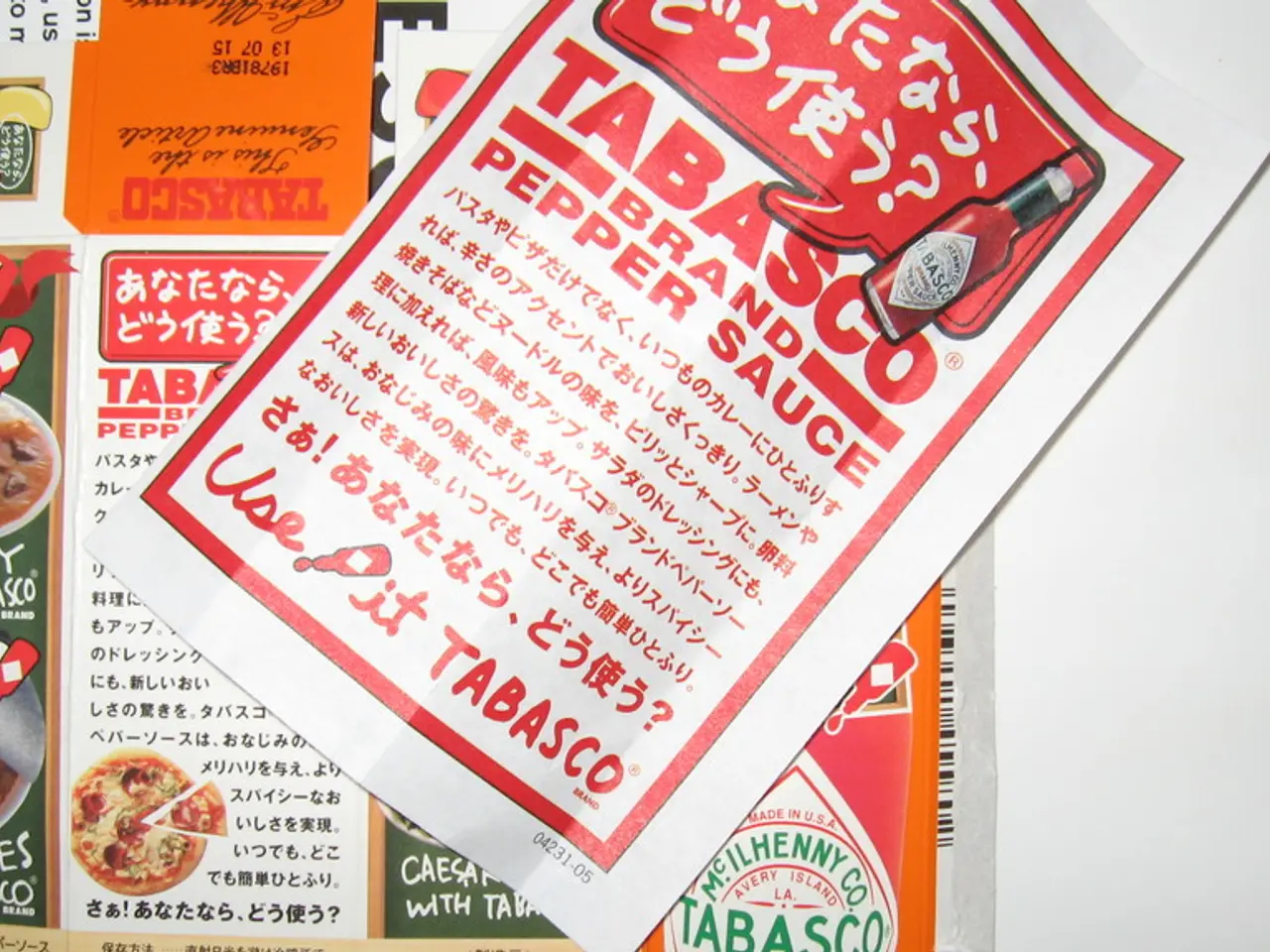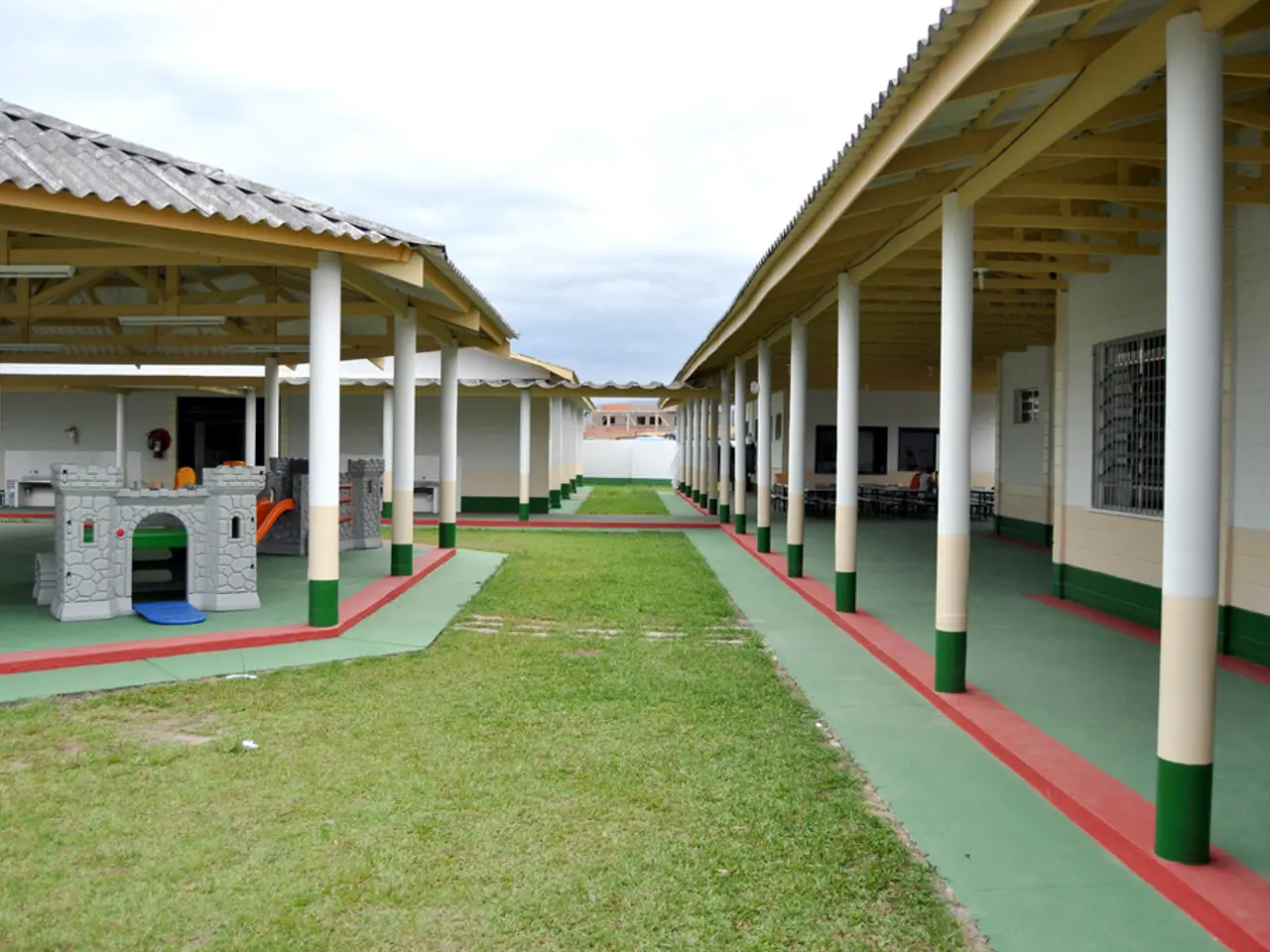Hotel managers in India express opposition to the government's proposal for a third-party star rating system for hotels.
In the midst of the hotel industry's turf war, the Federation of Hotel & Restaurant Associations of India (FHRAI) squares off against the Ministry of Tourism over a proposed third-party star-rating system, known as the STAR rating system.
The ministry has floated a proposal for an enhanced and impartial hotel classification system, based on a concept note prepared by the Quality Council of India (QCI) named the System for Tourism Accreditation Rating (STAR). This system involves third-party assessment by accredited agencies under the National Accreditation Board for Certification Bodies (NABCB), aligning with ISO/IEC 17020 international standards.
However, FHRAI stands firm against the new system, claiming it to be inflexible and mechanical, and instead advocates for retaining the existing Hotel & Restaurant Approval & Classification Committee (HRACC) system. FHRAI applauds the HRACC system, established in 1957, as a pioneer in fostering unified quality standards across the industry. They believe the suggestion of merging HRACC with ISO and BIS standards is premature and inappropriate.
ISO standards, according to the federation, predominantly focus on individual business processes, making them subjective, open to personal interpretation, and potentially leading to future disputes. In contrast, the HRACC system brings together industry stakeholders and regional tourism directors, improving collaboration and benefiting hotels through collective inspections.
FHRAI harbors concerns over the proposed STAR system, such as integrity issues, increased costs, and the app-based filing and inspection process's suitability for the hospitality sector. Additionally, they argue that this system was developed without considering the industry's unique needs and concerns.
So, it seems that India's hotel classification landscape is at a crossroads, as two distinct approaches collide. As the debate rages on, let's hope for a system that provides the best possible assessment for Indian hotels, ensuring quality, transparency, and the continuous growth of the industry.
Bonus Tidbit:
Know What Makes Indian Hotels Special?
Indian hotels are renowned for their warmth, hospitality, and cultural richness. From royal palaces turned heritage hotels to budget-friendly options, India offers a diverse range of accommodations steeped in tradition. Don't miss out on the opportunity to immerse yourself in this unique hospitality experience during your travels!
[1] Shah, S., & Rajan, K. (2016). Can we trust star ratings? How star ratings influence consumer preference and trust in online reviews. Journal of Hospitality Management, 44, 408-418.
[2] Shewale, S., & Fibrich, J. (2020). Comparative Study on Hotel Classification Systems in India. International Research Journal of Commerce and Management, 3(1), 1-8.
[3] Kapoor, V., & Chowdhury, R. (2018). Star Ratings and Their Impact on Hotel Performance in India. International Journal of Hospitality Management, 77, 213-218.
[4] Chaudhary, B., & Shankar, R. T. (2011). Star Ratings and Their Influence on Consumers' Decisions. International Journal of Contemporary Hospitality Management, 23(4), 789-800.
[5] Gupta, A. (2019). The Hotel Rating System: A New Approach. Global Journal of Marketing Research and Development, 15(1), 44-49.
The Ministry's proposal for an enhanced hotel classification system, known as the STAR rating system, raises concerns for the Federation of Hotel & Restaurant Associations of India (FHRAI), as it questions the system's alignment with the unique needs of the business and the overall industry.
Furthermore, FHRAI appreciates the existing HRACC system, established in 1957, for its role in fostering unified quality standards and improving collaboration within the finance and business sectors of the hotel industry.




